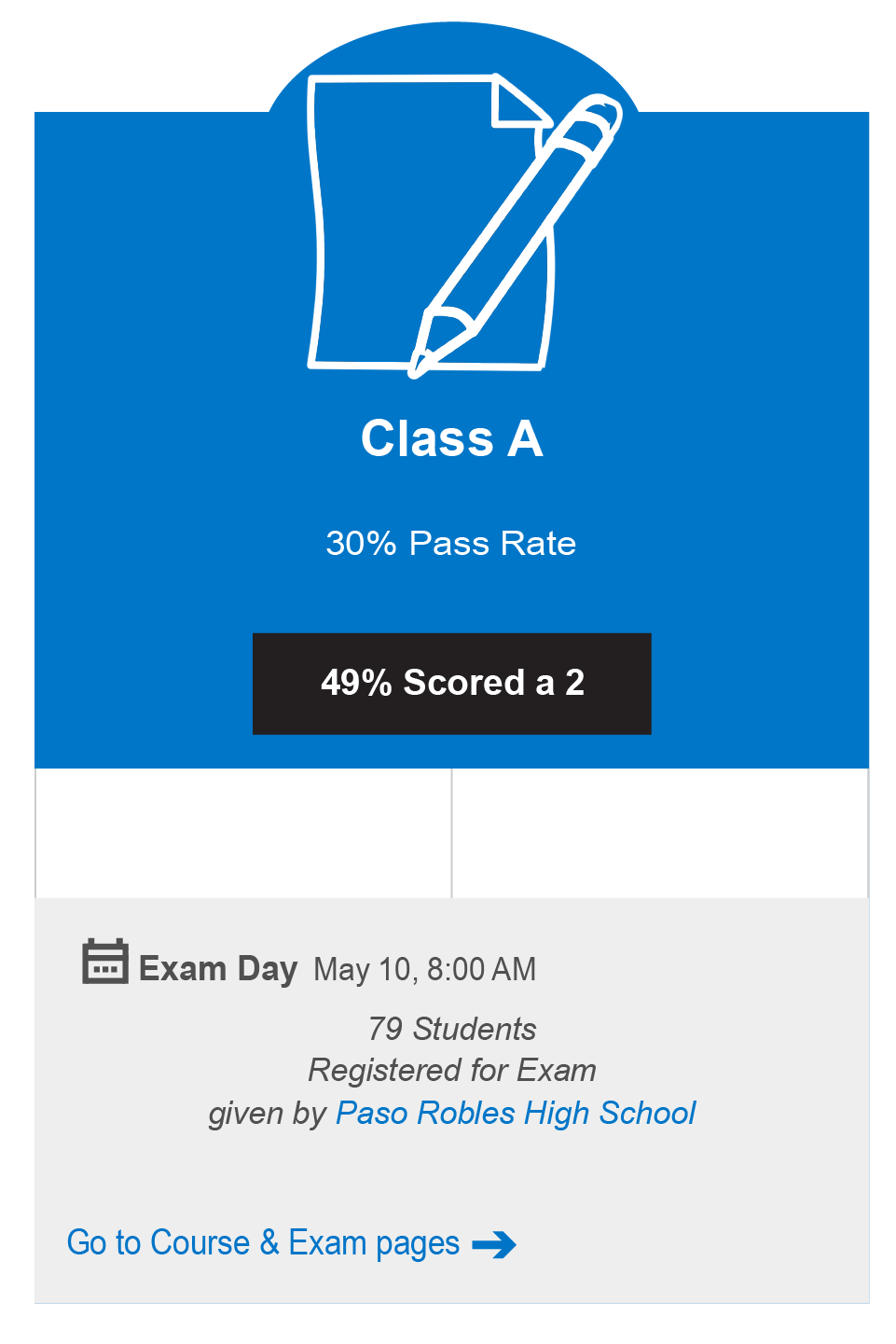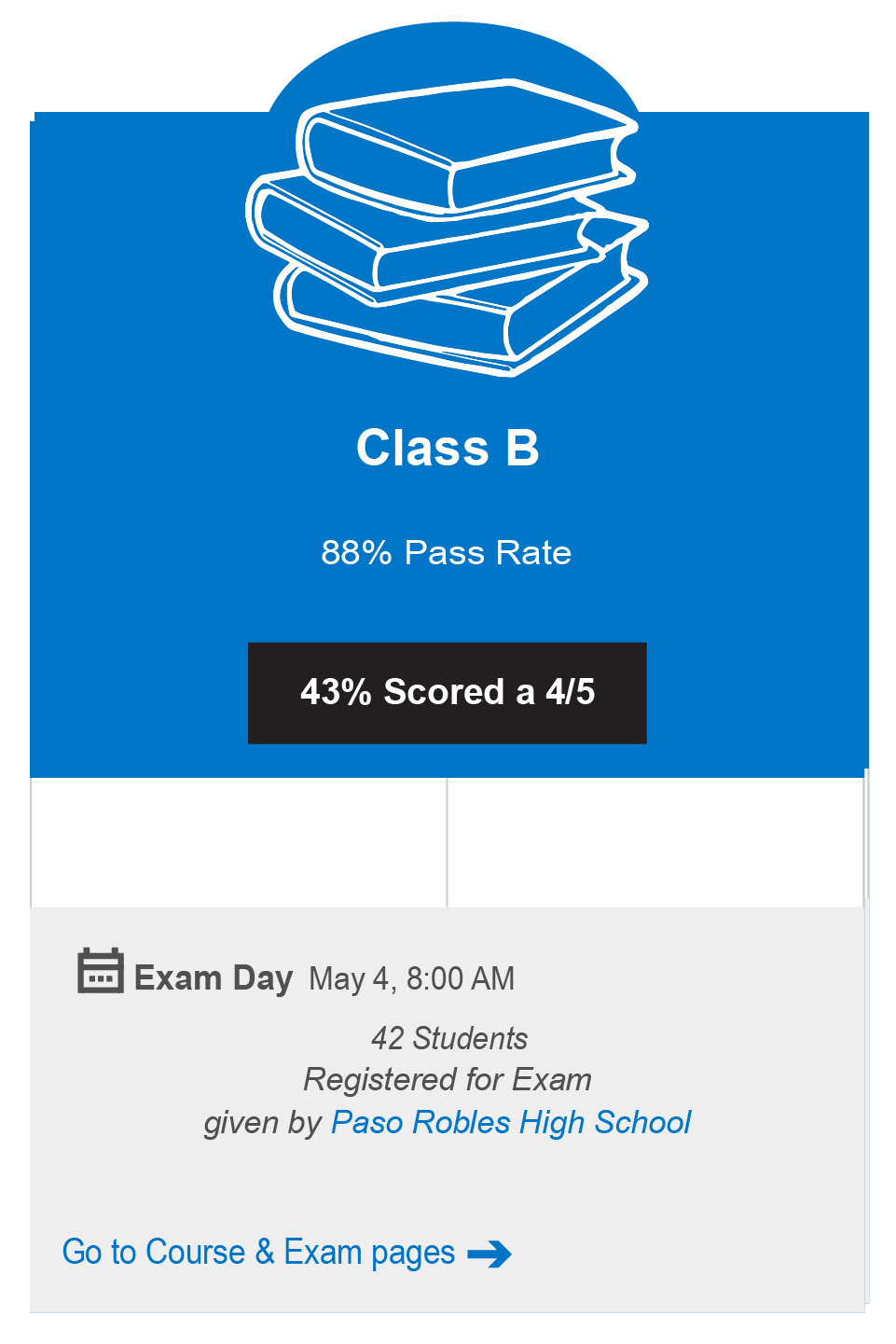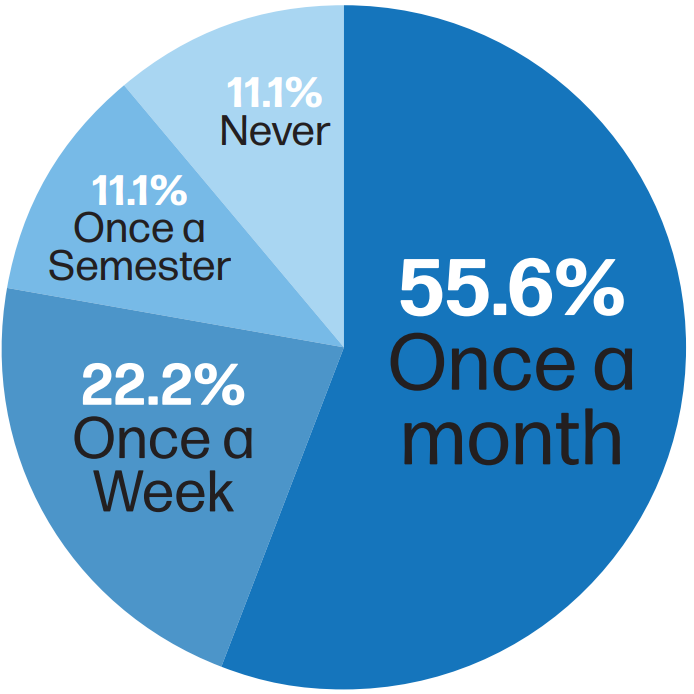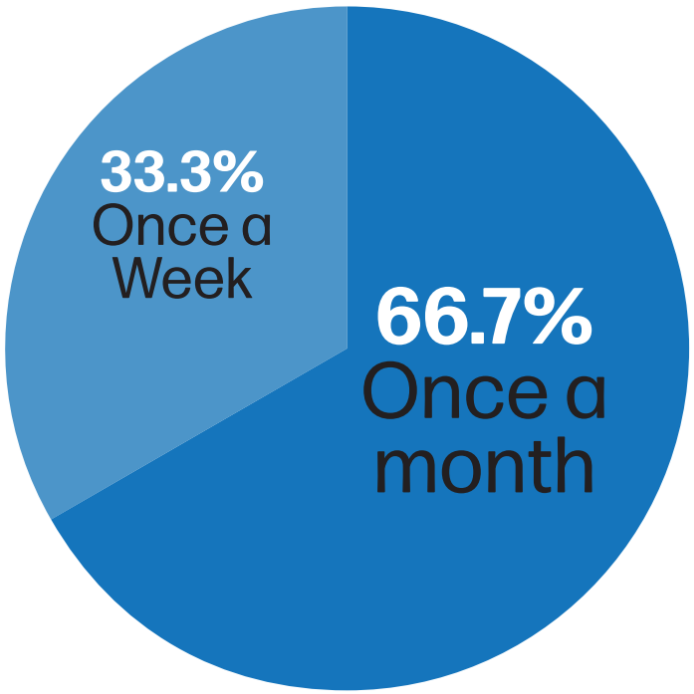Comparing the data between how many FRQ and MCQ practices are done in class, the more that is practiced, the better the outcome of thE scores turns out
The most dreaded time of the year, the first two weeks of May: AP testing. You’ve been practicing all year for it, though, right? MCQ after MCQ, FRQ after FRQ; over and over for month after month. Is it truly worth the time and effort to put in all that writing and testing just for
one test at the end of the year?
In order to ensure that students have their best chance at success on the AP tests, all AP teachers assign practice MCQs (Multiple choice questions) and FRQs (Free response questions) throughout the school year leading up to the tests. This is because all of the AP tests have both multiple choice and free response sections, and the length of each is dependent on which test is being taken. By giving students practice versions and showing them aspects of the test, they can get a feel for the test they might be taking in the Spring. The majority of AP teachers are giving their students the practice, but at different frequencies.
Particularly, Seth Draine, AP US History teacher acknowledges the many difficulties of teaching an AP class and the different things to consider.
“How did we change? How did COVID affect us? How did Distance Learning affect our curriculum? What things were able to recover from that but things were we able to not?” Draine asked. “It was a hard conversation.”
Different teachers have different styles of teaching, though, and some classes may have more frequent FRQ and MCQ testing throughout the year than others. In a survey conducted to AP


teachers at PRHS, the majority of classes practice these tests about once a month on average, while some others practice once a week or once a semester. These include questions from previous years AP tests, practice questions found on the AP website, and also some questions made by teachers themselves.
Now that we’ve explored how frequently teachers use MCQs and FRQs in their classrooms, let’s take a look at how well their students performed on the AP exam last year. Let’s consider PRHS Class A. When we take a look at the percentage of students who received a 1-5 on the AP test, we notice that only 30% of the 79 students scored a 3 or above. Almost half (49%) of the students scored a 2, and a further 20% scored a 1.
Now let’s compare this data to a second class, PRHS Class B. Out of a total 42 students who had taken the exam, 88% of those students scored a 3 or higher, with 43% of those being a 4 or a 5. There were no students who scored
a 1 in this class, either, with the other 12% of students scoring a 2. With almost half the students as Class A, Class B managed to still have 13 more students score a 3 or above. Class A performed its FRQs and MCQs only once a month during the
school year, while Class B had performed its FRQs and MCQs once a week on average.
Class time spent practicing these tests might not be a waste, but it’s also important to consider the limited time teachers have before the test arrives. So the next time that you walk into your class and the teacher announces there is an FRQ, instead of dreading it, realize that in the end, practice makes perfect
How Much Do Teachers Practice?
FRQs

MCQs









